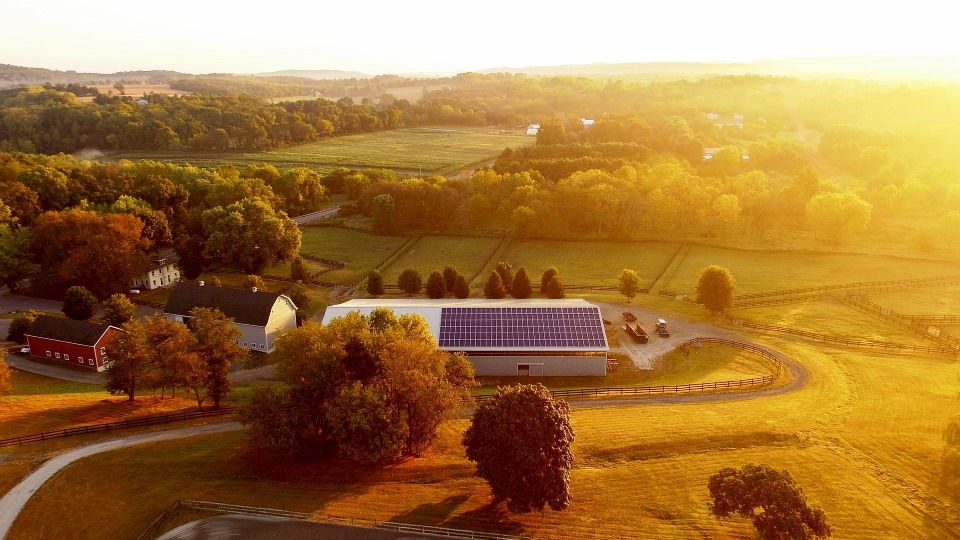The Sicilian Agroecology Coordination is the protagonist of the Proposal for a Rural Energy Plan (PERAS), in order to safeguard the Sicilian agricultural area and to allow the correct application of the Directive “The 2030 climate and energy framework”.
The proposal aims to avoid the subtraction of Sicilian agricultural land, already significantly compromised by the collapse in agricultural product prices, with the consequent removal of young people from the primary sector, but also to avoid compromising the ecological value and protection of the territory carried out by agricultural operators.
The proposal of the Agroecology Coordination of Sicily was signed by organizations and trade associations, as well as researchers, to constructively address the issue and outline the strategies and related solutions most congenial to environmental sustainability, also in accordance with the European Grand Deal.
The proposal of the Environmental Energy Plan of the Sicilian Region is a project that configures a distributed generation (GD) energy system, in which most of the energy is used in the same place of production (avoiding harmful network losses, as already stated in the ‘Update of the PEARS – parf 4.1 on the evidence and critical issues of the state of the network in Sicily) and in which the construction of large renewable energy systems (for example from photovoltaic systems) is minimised, as far as possible, which, whatever the results of the EIA, subtract agricultural or potentially agricultural soils, natural ecosystems, decreasing the storage of large quantities of CO2, resulting in lower energy efficiency of vegetation systems, and significantly altering the landscape.
The Coordination is in fact aware of the fact that the European Commission, as part of the Green Deal, proposed in September 2020 to increase the reduction objective of greenhouse gas emissions for 2030, including emissions and removals, to at least 55% compared to 1990, and in this sense it has started the process of drawing up some detailed legislative proposals to implement and achieve the set objectives.
The proposal for the Rural Energy Plan was drawn up taking into account the need to achieve the objectives of the 2030 Framework for climate and energy, following the following indications:
– it must be structured according to the highest criterion of Distributed Generation (GD), therefore with the creation of numerous small systems, making the farm energy independent;
– it must be carried out without land consumption, as defined by both ISPRA and the relevant EU Directives and trying to apply the multifunctionality criterion, integrating the PLV through the sale of electricity;
– it must provide systems that do not affect the rainfall regime and the runoff water flow times (as happens instead for large photovoltaic systems), with consequent negative repercussions on the water regime and further soil loss;
– in accordance with the EU’s 2020 Farm to Fork strategy, it must not affect the already delicate issue of the availability of food and resources for the coming years, to which Agenda 2030 dedicates objectives 2, 7, 11, 12 and 15 in particular;
– lastly, and last but not least, the production of energy deriving from these small plants must not interfere with biodiversity, as also provided for by the 2020 EU Directive on the matter.

